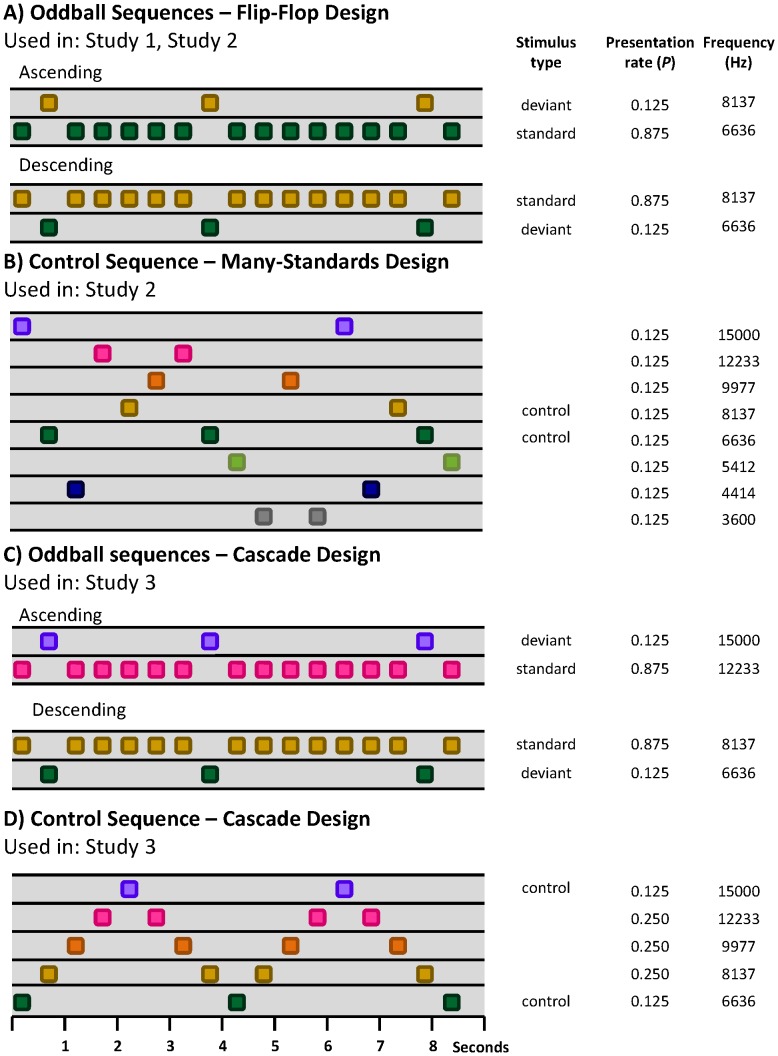Figure 1. Control sequence designs used in the current investigation.
(A) Both Study 1 and Study 2 used a flip-flop design for oddball sequences. This design allows for the comparison of the response to a stimulus when it is a rare, unexpected deviant to the same tone when it is a common, expected standard, controlling for differences in responses to the physical characteristics of the stimuli, but not for differential adaptation. (B) The many-standards control sequence was used in Study 2 to test responses to stimuli that would have prompted the same level of adaptation as the deviant stimulus. Comparing the responses to the deviant used in the oddball sequence, where it defies established stimulus regularity predictions, to the control in the many-standards sequence, which does not defy regularity predictions (there is no established regularity) yields a measure of adaptation-independent deviance detection. Comparing the responses to the control (presented rarely) in the many-standards sequence to the standard (presented often) in the oddball sequence yields a measure of adaptation to a rare stimulus vs. a common stimulus. (C) The cascade sequence designs were used for Study 3. The oddball sequences are similar to those used in Study 1 and Study 2, except that a flip-flop design was not used, and the stimuli presented in the ascending and descending sequences are respectively on the upper and lower end of the range of sequences used in the control sequence. (D) The control sequence (like the many-standards sequence) presents the stimuli used as deviants in the oddball sequences at the same probability as they are when deviants in a context where they do not defy established patterns in regularity, thus enabling the control of differential adaptation.

